Description
- Brand Name: TailKuKe
- DIY Supplies: ELECTRICAL
1 detector material: InGaAs
2 Wavelength response range: 1100nm ~ 1650nm
3 Peak response wavelength: 1300nm
4 Saturated optical power: 6dBm (at room temperature 25 degrees)
5 cutoff frequency: >2GHz
6 rising edge: <200ps
7 falling edge: <200ps
English introduction.
8 Optical input interface: Standard FC fiber connector with fiber
9 power supply voltage 9 ~ 24VDC
Bandwidth and response speed, the relationship between parallel resistance and voltage, can refer to the above picture
Note: The internal output impedance of the detector is 1M ohm. If the user needs to obtain a suitable response speed, a suitable resistor must be connected in parallel with the output. To maximize the response frequency of the detector, the output must be connected in parallel with a 50 ohm-100 ohm resistor (usually a 50 ohm terminal can be connected in parallel, and an oscilloscope with a bandwidth greater than or equal to 300 MHz also has a 50 ohm impedance selection). The smaller the resistance of the parallel connection at the output, the higher the peak power of the incident optical signal, otherwise the lower the output voltage, the user needs to find a balance between the bandwidth and the voltage. Generally speaking, the detection pulse width is several hundred nanoseconds, picosecond or femtosecond laser pulse, and the output of the detector needs to be connected in parallel with 50 ohm-100 ohm resistance; if the detector is 500us to 500 ns laser pulse, the detector output needs to be connected in parallel with 1k. -10k ohm resistance; if detecting laser pulses of several hundred ms-500us, the detector output needs to be connected in parallel with 10k-100k ohm resistor; if the detection is greater than 500ms or continuous laser, the detector output terminal does not need parallel resistance, but if the output voltage To be high, or to eliminate the effects of natural light, you can properly parallel 100k resistors or potentiometers, one can reduce external noise, and the other can limit the amplitude of the output voltage.
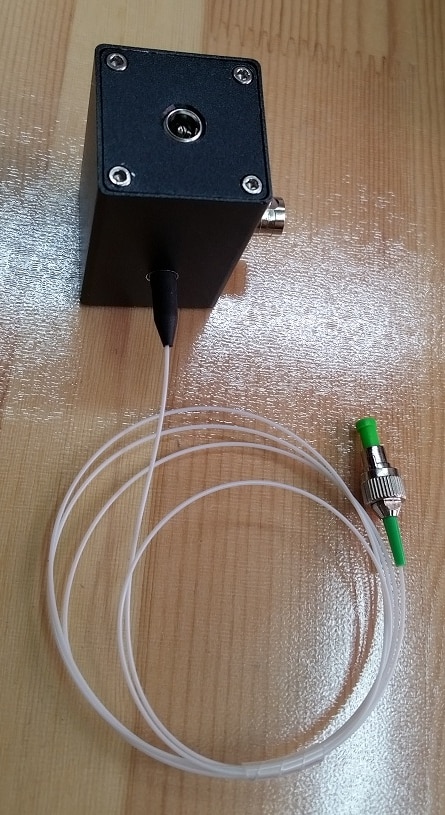
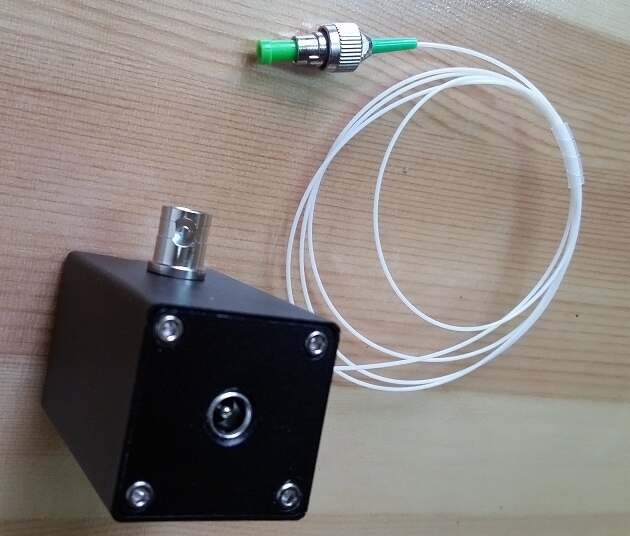
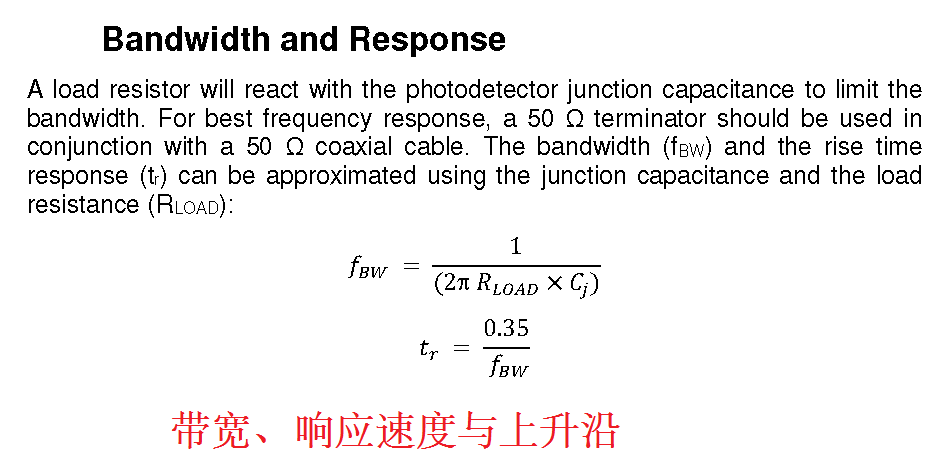
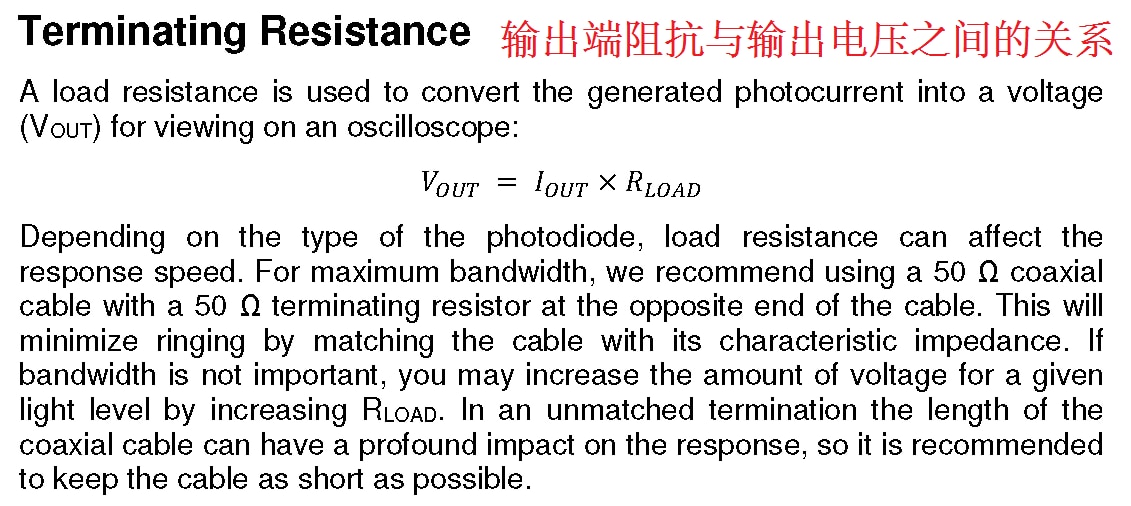

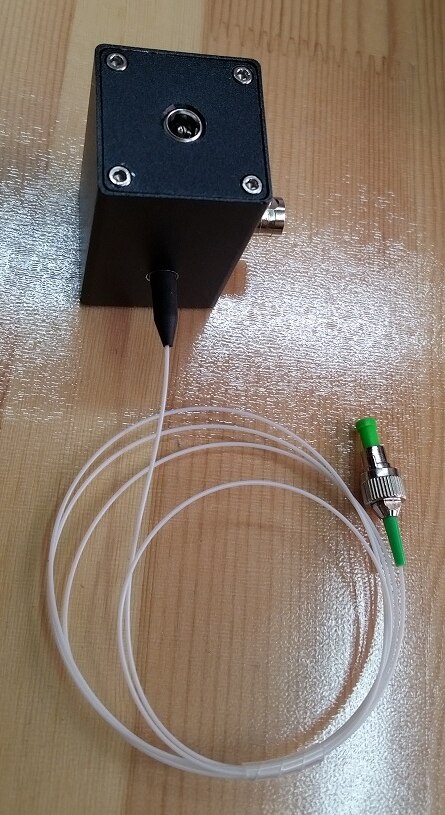
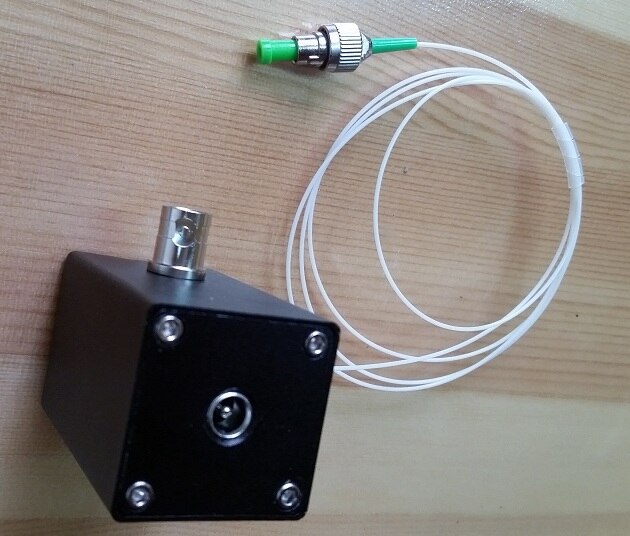
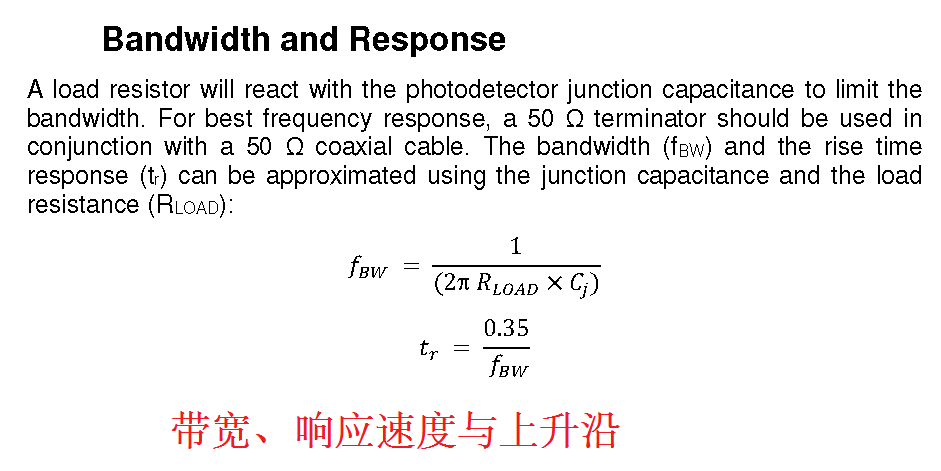
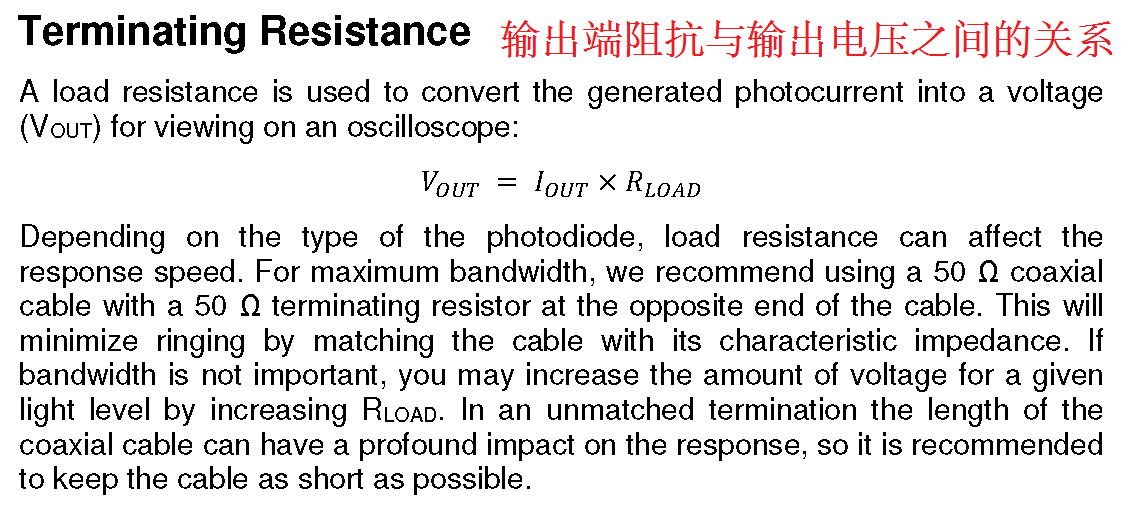
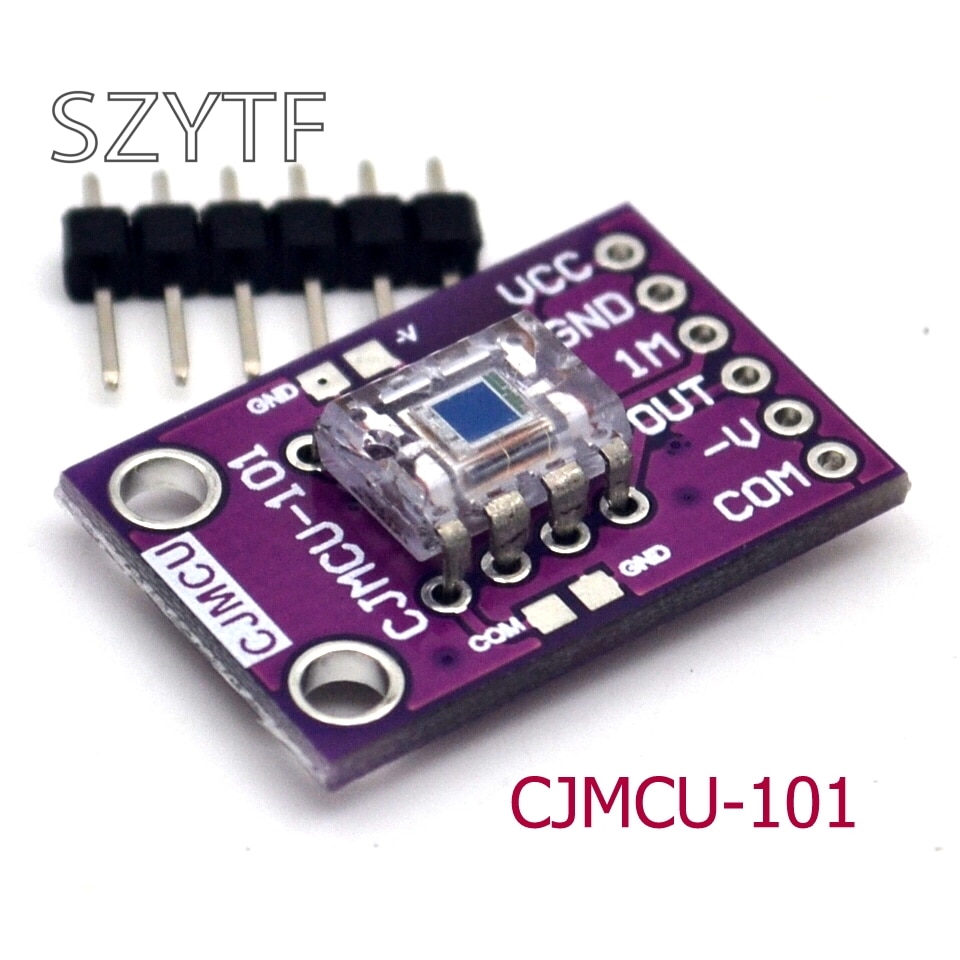
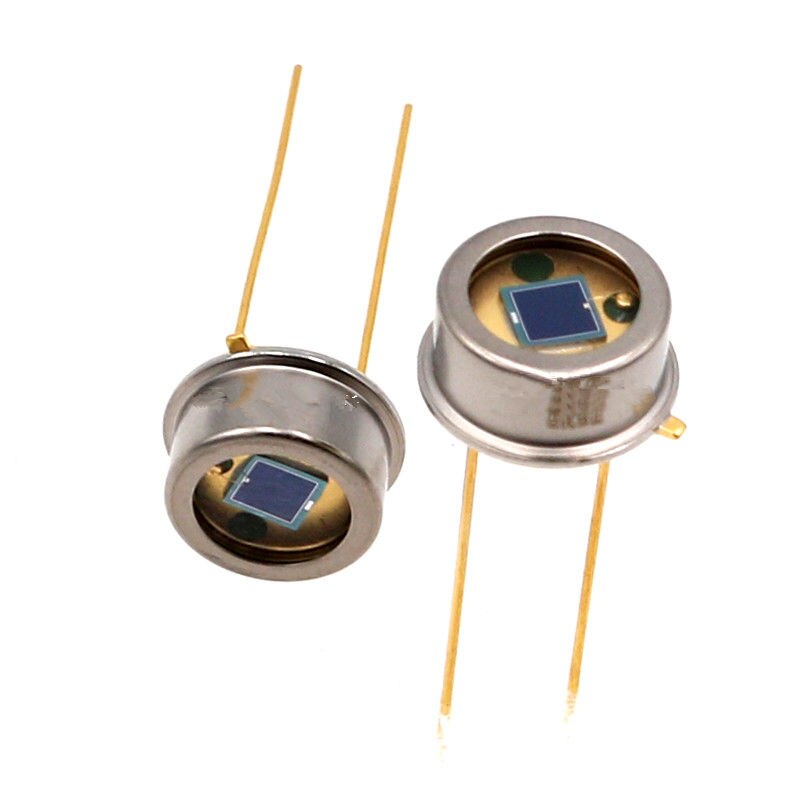
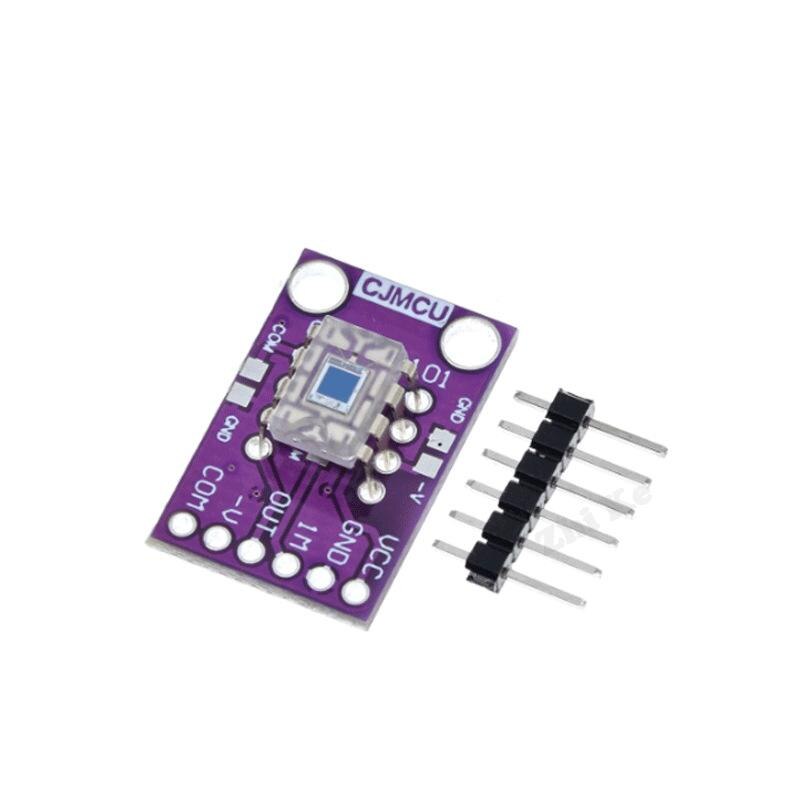
Reviews
There are no reviews yet.